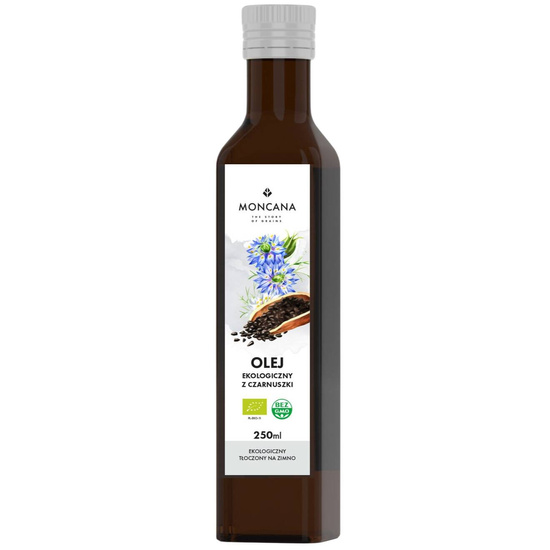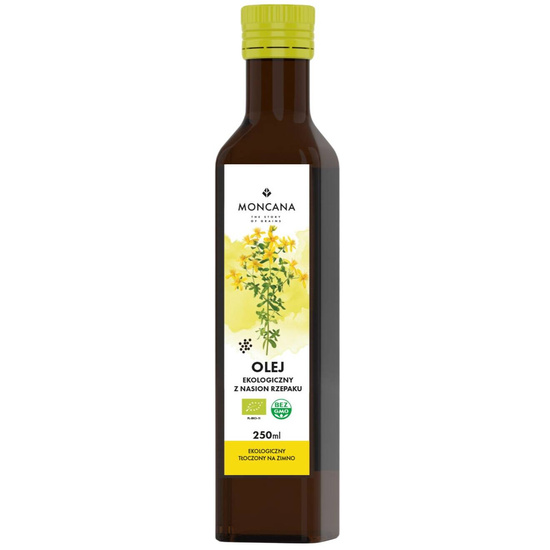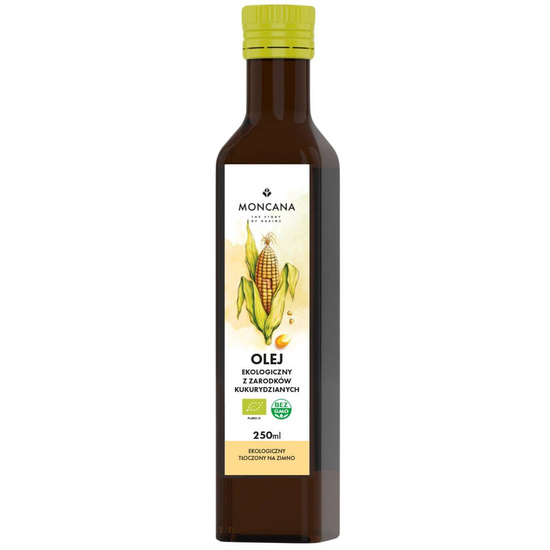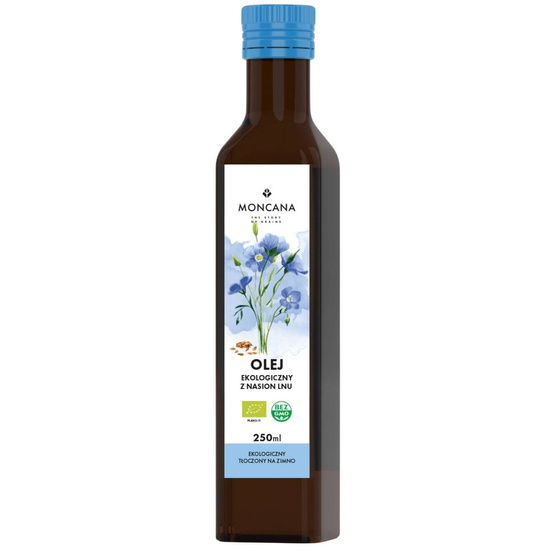Gluten-free diet - what not to eat?
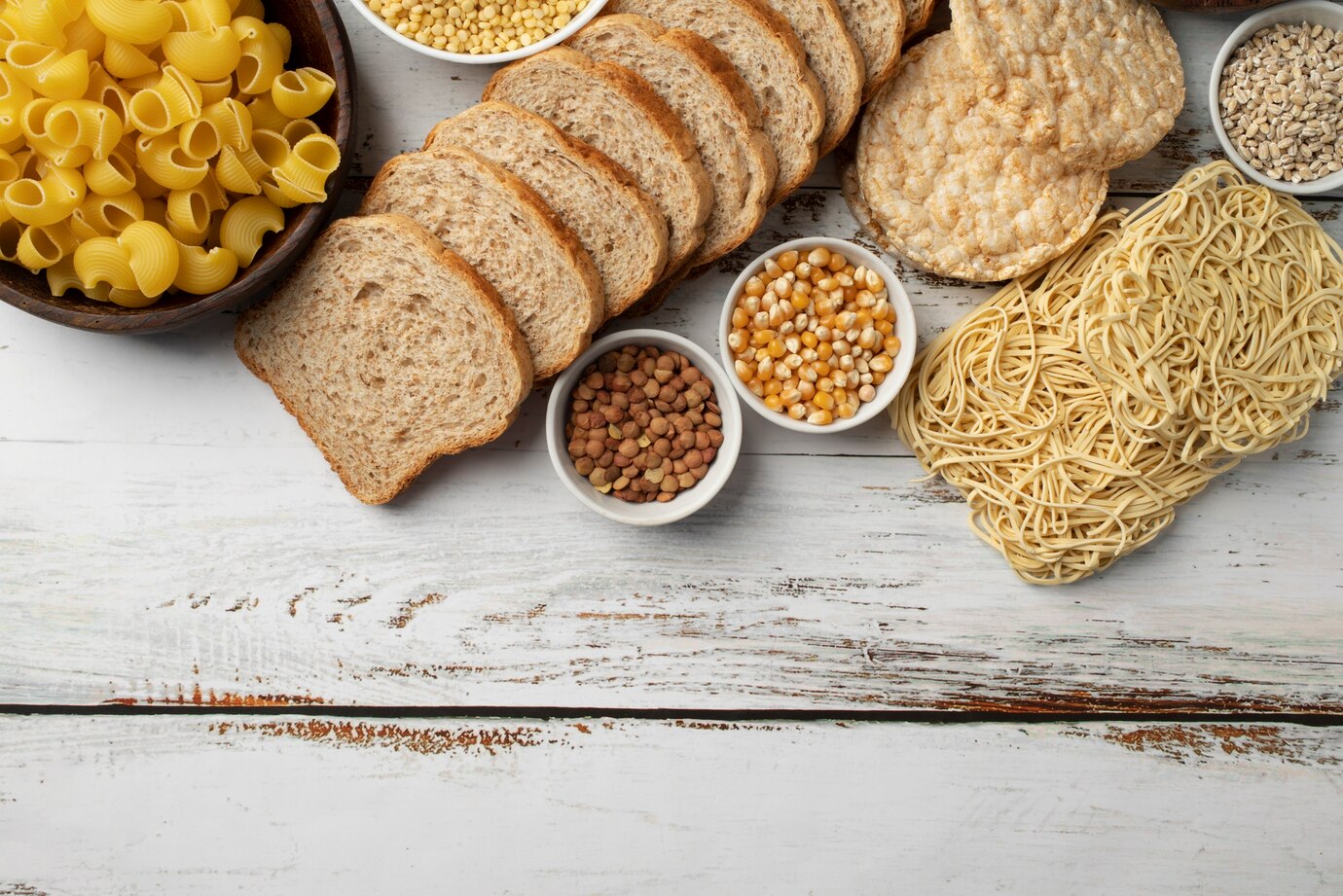
Products containing gluten
Gluten-free diet is crucial for people with celiac disease or gluten intolerance. To successfully follow this diet, it is important to know and avoid products that contain gluten. Gluten is a plant protein present in wheat, rye and barley and their derivatives. Adhering to a gluten-free diet requires diligence and attention, especially when shopping and preparing meals.
- People on a gluten-free diet should avoid products such as traditional bread, baked goods, pasta, cakes and pastries that are made from wheat, rye or barley flour. These products are the main sources of gluten in the diet and their consumption can lead to symptoms of disease.
- On a gluten-free diet, all grains containing gluten should be avoided, including wheat (along with its varieties such as spelt, flatbread and semolina), barley and rye. This means that gluten groats, such as couscous, bulgur and semolina, should also be excluded from the menu. These grains are commonly used in many foods, so their elimination is crucial for people with celiac disease or gluten intolerance.
- Oat flakes may be contaminated with gluten during growing, harvesting or processing. Therefore, people on a gluten-free diet should only choose oatmeal labeled gluten-free. Gluten-free oatmeal are specially manufactured and processed in a way that prevents gluten contamination. It's always worth checking the label to make sure the product is safe to eat.
Hidden sources of gluten
A gluten-free diet requires not only avoiding obvious products such as bread and pasta, but also paying attention to hidden sources of gluten, which can be found in many processed foods. Gluten is commonly used as a thickening and binding ingredient, making it present in many sauces, condiments, meats and snacks. Awareness of these hidden sources of gluten is crucial for those following a gluten-free diet.
- Many people do not realize that gluten can be present in sauces, condiments and instant soups. These products often contain wheat starch or barley malt, which are sources of gluten. Examples include soy sauce, some salad dressings and powdered soups.
- Cured meats, sausages and other processed meats often contain gluten as a binding ingredient. These products may contain wheat starch, wheat flour or other forms of gluten to help maintain their consistency. Therefore, people on a gluten-free diet should avoid these products or look for alternatives labeled gluten-free.
- Many sweets and snacks contain gluten, which can be a challenge for those on a gluten-free diet. Cookies, candies and even chips may contain wheat flour or other forms of gluten. It's worth paying attention to labels and choosing gluten-free products. There are available on the market gluten-free mixes, that allow you to prepare homemade sweets and snacks without worrying about gluten content. This allows you to enjoy the treats without the risk of gluten intolerance symptoms.
Risk of cross-contamination
A gluten-free diet requires not only avoiding products that directly contain gluten, but also those that may be contaminated with gluten during production. Cross-contamination can occur in different places and at different stages of food preparation, posing a serious risk to people with celiac disease or gluten intolerance.
Avoid products labeled 'may contain traces of gluten'
One of the key steps in avoiding cross-contamination is to pay attention to food labels. Products labeled 'may contain traces of gluten' should be completely eliminated from a gluten-free diet. This type of contamination can occur in manufacturing plants where gluten comes into contact, even if the main ingredient in the product is gluten-free. That's why it's so important to read labels carefully and choose products certified gluten-free.
Using separate kitchen tools and surfaces for gluten-free food preparation
To prevent cross-contamination of gluten at home, use separate kitchen tools and surfaces for gluten-free food preparation. Cutting boards, knives, pots and pans that have been in contact with gluten can be a source of contamination. It's worth investing in separate kitchen sets dedicated exclusively to preparing gluten-free foods. Also, work surfaces should be thoroughly cleaned before food preparation to remove any traces of gluten.
Carefully read labels and choose products certified gluten-free
On a gluten-free diet, it is extremely important to read food labels carefully. Many processed products may contain gluten as a technological additive, even if it is not obvious at first glance. Products such as sauces, condiments, instant soups and even some oils may contain gluten. Therefore, it is always a good idea to check the composition of the product and choose those that are certified gluten-free. The certification provides assurance that the product has passed rigorous inspections and is safe for those on a gluten-free diet.
Safe alternatives on a gluten-free diet
A gluten-free diet may seem restrictive, but there are many safe alternatives that can replace gluten-containing products. With the right choice of ingredients, people on a gluten-free diet can enjoy a varied and healthy menu. Here are some key substitutes to include in your diet.
- People on gluten-free diets often miss traditional bread and baked goods. Fortunately, there are special gluten-free baking mixes and certified gluten-free flours, which can replace products made from wheat, rye or barley flour. Gluten-free baking mixes are usually based on flours such as rice, corn, buckwheat or cassava.
- Gluten-free groats are an excellent alternative to gluten groats such as couscous, semolina or bulgur. Among the most popular gluten-free groats are rice, corn and buckwheat groats. These products are not only safe, but also rich in nutritional value.
Introduce organic oils and cold-pressed oils into the diet as healthy fats
Healthy fats are a key part of a balanced diet. People on a gluten-free diet should pay attention to the following cold-pressed oils and organic oils, which are an excellent source of unsaturated fatty acids. Oils such as olive oil, coconut oil, avocado oil or linseed oil not only enrich the taste of dishes, but also support cardiovascular health.
What not to eat on a gluten-free diet? First of all, products containing wheat, rye or barley flour and their derivatives. Conscious choices, careful label reading and choosing gluten-free products are the basis of a healthy lifestyle for people with gluten intolerance.
